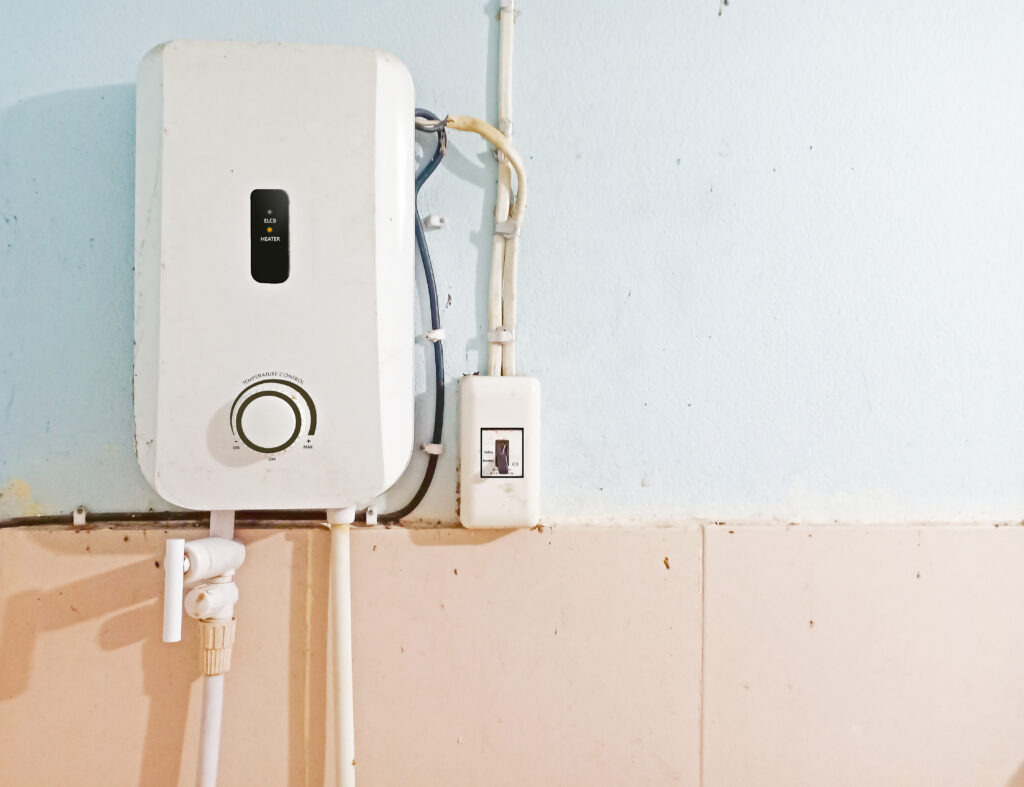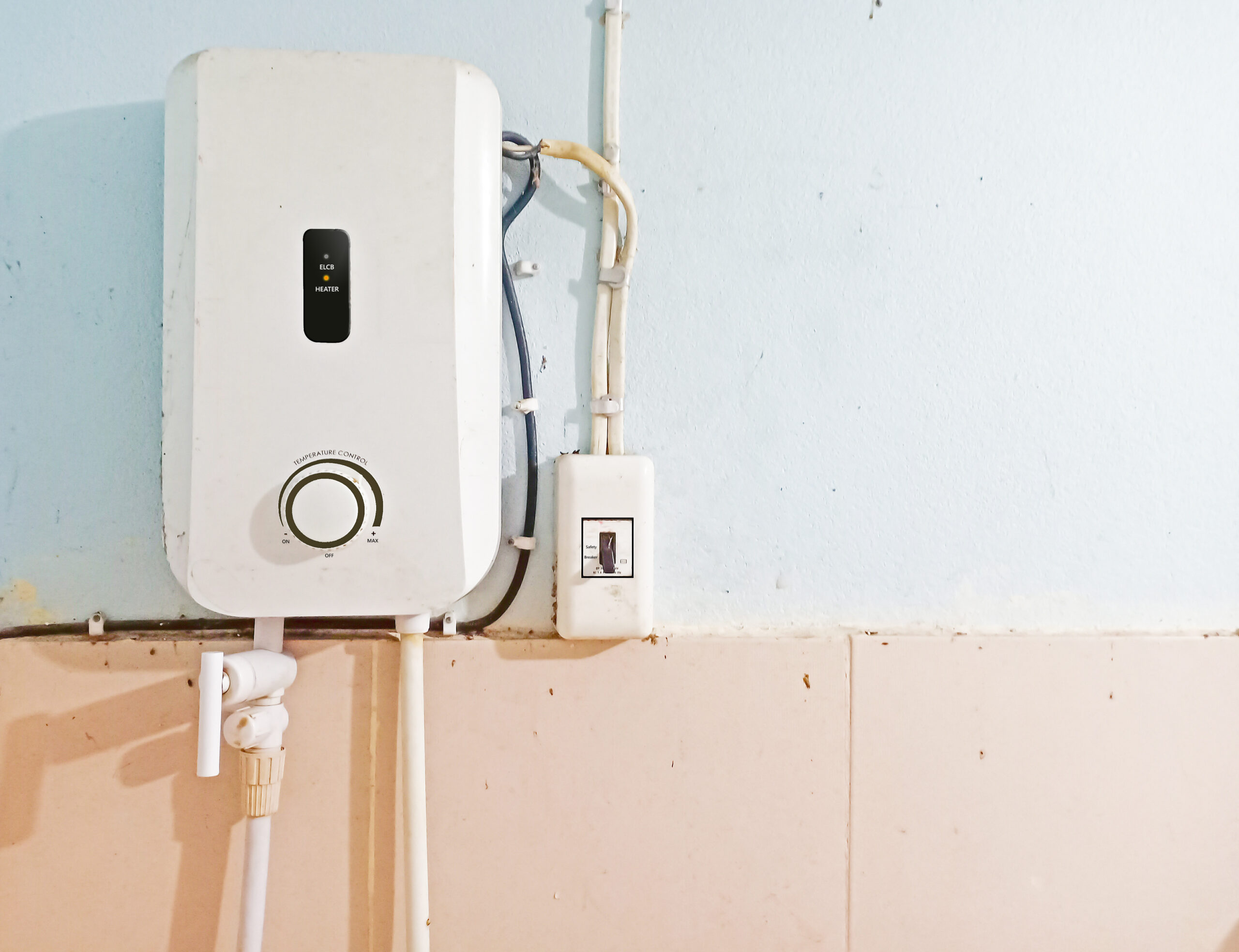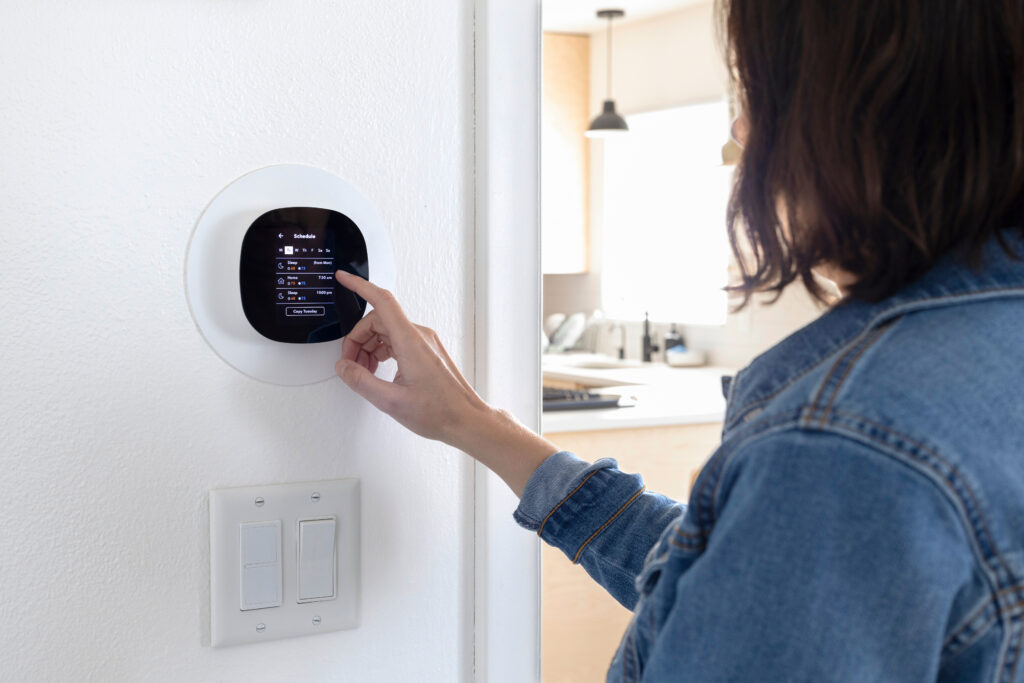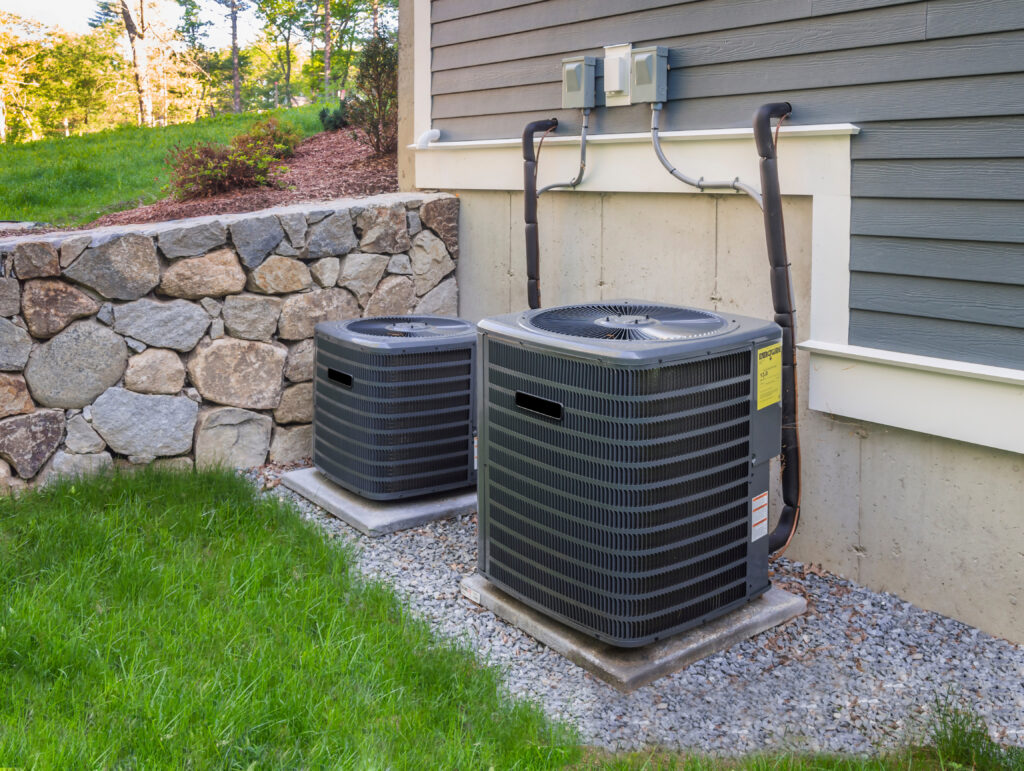Understanding Tankless Water Heaters: Are They Worth It for Your Home?
Okay, so picture this—you’re doing dishes, someone’s taking a shower, and you’ve got a load of laundry going. Suddenly, boom. Cold water. The hot water taps out. Classic. This is where a tankless water heater strolls in like the hero you didn’t know you needed. But is it all hype? Or is there something about this energy-saving, space-saving, weird-little-box-on-the-wall setup that actually lives up to its promises? Whether you’re a new homeowner or just looking to upgrade that old, clunky tank heater before it croaks mid-winter, this guide will walk you through the tankless water heater scene, start to finish.
What Is a Tankless Water Heater and How Does It Work?
A tankless water heater, sometimes called an on-demand water heater, is exactly what it sounds like—a water heater without a storage tank. Instead of heating and storing water 24/7, it only kicks into gear when you turn on the tap. When hot water is requested, cold water travels through the unit, gets zapped by either an electric element or a gas burner, and out comes hot water straight into your faucet, shower, or appliance. No tank. No standby heat loss. Just hot water when you need it. It’s kinda like the smart home version of water heating—efficient, minimalist, and always on call.
The Big Advantages of Going Tankless
Let’s talk perks. First off, there’s the energy efficiency. Since tankless systems don’t constantly heat water all day like traditional ones, they use less energy. That means lower utility bills—especially if your household uses less than 41 gallons per day, which is the magic efficiency threshold for these units. Also, they’re compact. Wall-mounted, often no bigger than a carry-on suitcase, they free up floor space, which sounds minor until you’re dealing with a tiny utility room. Oh, and the longevity? Most tankless units last about 20 years, compared to 10-15 years for tanks. That’s a legit improvement. Plus, the magic words: endless hot water. Once it’s running, it keeps going. Kind of like a loyal golden retriever… but for showers.
But Wait—There Are Drawbacks Too
Yeah, so nothing’s perfect. For one, tankless water heaters can be pricey up front. We’re talking $1,000 to $3,000 installed, depending on size and type. That’s a bit of sticker shock if you weren’t planning on upgrading. Also, if you’ve got a big household and multiple hot water needs happening at once—like two showers and a washing machine—the flow rate might max out. You could need a larger unit or even more than one. Installation can also get complicated, especially if you’re moving from gas to electric or vice versa. Finally, some units have a slight lag before the hot water starts flowing. It’s not forever, but it’s not instant either, which can feel like a moment of betrayal during a cold winter morning.
Who’s the Ideal Tankless Water Heater Customer?
If you live in a smaller household or don’t have tons of simultaneous hot water demands, you’re golden. Empty nesters, couples, young professionals—this thing was basically engineered with you in mind. But even if your household is on the larger side, a bigger or multiple unit setup can work, it’s just… more of an investment. It’s also great for those looking to modernize or go a little greener. And hey, if you’re renovating or building from scratch, it’s the perfect time to get one in. Retrofitting isn’t impossible, just a bit more of a puzzle. Either way, you’re banking on long-term efficiency gains and reliability, especially if you keep up with regular maintenance and descale every year or two.
Tank vs. Tankless: The Real Cost Breakdown
Alright, let’s crunch some numbers. A traditional tank water heater costs about $500 to $1,500 installed. A tankless one? Double that, at minimum. But look closer. Tankless systems can be up to 34% more energy-efficient, depending on usage. So yeah, you’re spending more up front, but you’ll likely see that investment return over time, especially as energy prices creep AND that tank heater taps out after a decade. Plus, if you tack on potential rebates or energy credits in some states (check your utility provider!), tankless could have more financial appeal than you originally thought. There’s also that non-dollar benefit—never running out of hot water. Go ahead, wash dishes mindlessly as someone else takes a steamy 30-minute shower. It’s your turn to win this time.
How Maintenance Comes Into Play
Maintenance on a tankless water heater is sort of like flossing. You technically should, and when you do, everything just works better. Most units should be flushed or descaled annually, especially if you live in a hard water area where mineral buildup happens fast. Wear and tear on heat exchangers and flow sensors is normal over time, but tune-ups can catch issues early. Filters may need a quick check or replacing too. But here’s the upside: DIY maintenance instructions are usually super clear, and many brands even offer service kits. Or, you know, just have a pro swing by once a year—pretty painless and it keeps your unit running like a champ.
Why Armadillo Is the Smart Bet for Tankless Water Heater Coverage
Here’s the kicker—tankless water heaters are awesome until something breaks. And when they do? Replacement parts aren’t cheap and labor costs can spike. That’s where having a home warranty steps in. With Armadillo, you’re not only protecting your tankless water heater from sudden breakdowns, you’re doing it with a no-wait-period philosophy that matches your “I need hot water NOW” lifestyle. Plus, unlike other plans that bog you down with confusing terms or sluggish response times, Armadillo makes it crazy simple to get coverage started—like today. Head over to our homepage to learn more, or if you’re feeling decisive (we love that for you), skip right to building your custom plan. Because surprise cold water? That’s not the kind of surprise anyone needs.


























